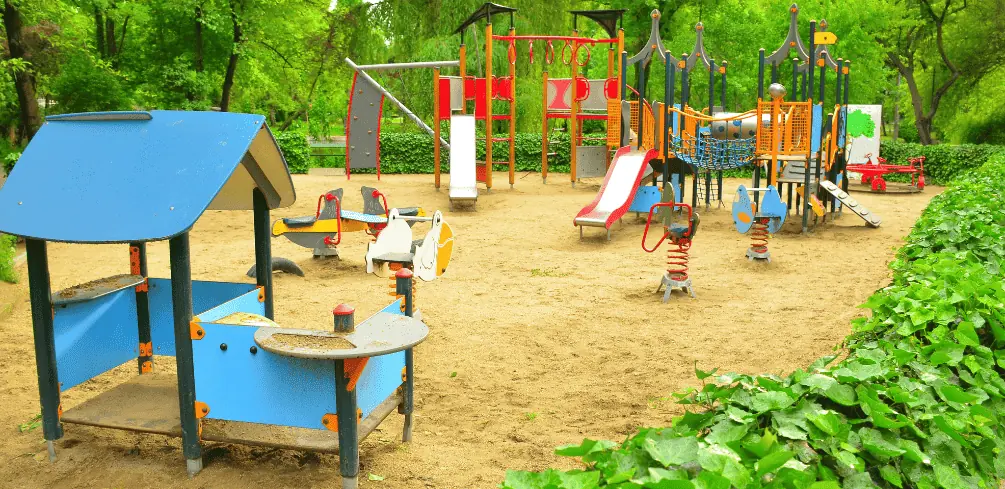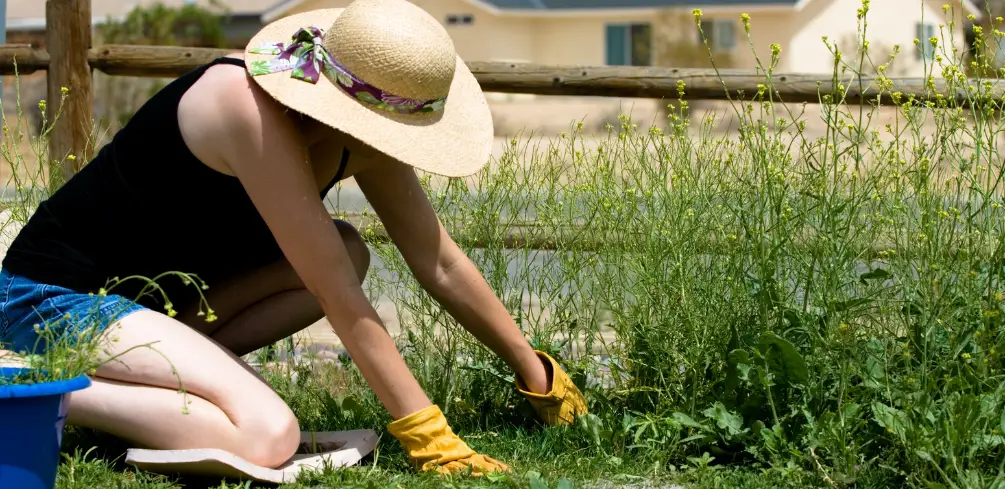Imagine your backyard as a blank canvas, awaiting the touch of an artist’s brush to transform it into an oasis of comfort and beauty. Shade sails can be that masterstroke, providing not only relief from the scorching sun but also enhancing the overall aesthetic appeal of your outdoor space.
As you embark on this creative journey, there are numerous factors to consider such as shape, size, material options, and installation techniques to ensure that your shade sail is both functional and visually captivating.
You don’t need to be a design expert or have extensive knowledge about shade sails to create a stunning backyard retreat. With a dash of creativity and some essential tips up your sleeve, you’ll soon find yourself basking in the glory of your transformed sanctuary.
In this article, we’ll guide you through choosing the perfect shade sail for your space while balancing aesthetics with functionality.
So let’s dive right in and explore an array of ideas that will help you craft the ideal shaded haven for those warm summer days or cozy evenings spent outdoors with friends and family.
Choosing the Right Shape and Size

When choosing the right shape and size for your shade sail, it’s important to consider the layout of your backyard and how much coverage you’ll need for optimal comfort. Shape versatility is a key factor in finding the perfect shade solution that complements your outdoor space.
Common shade sail shapes include triangle sails, rectangle sails, and square sails. While each shape has its own unique characteristics, they can all be combined or used individually to create a stylish and functional shaded area.
Custom sizing is another aspect to keep in mind when deciding on the ideal shade sail for your backyard. The size of your sail should not only provide ample coverage but also accommodate any existing structures or landscaping features.
For example, triangle sails are excellent for fitting into tight corners or irregularly shaped areas, while rectangle and square sails offer more extensive coverage options that can span larger spaces.
When selecting a custom-sized shade sail, remember to measure accurately and take into account any potential obstacles, such as trees or buildings.
As you explore various shade sail ideas for your backyard, don’t be afraid to think outside the box and get creative with shapes and sizes. Combining different styles can result in an eye-catching design that not only provides maximum sun protection but also enhances the aesthetics of your outdoor living space.
It might seem daunting at first glance, but with careful planning and attention to detail, finding the perfect combination of shape versatility and custom sizing will lead you toward achieving an inviting sanctuary perfect for relaxation or entertaining guests under a beautiful canopy of protection from harmful UV rays.
Exploring Different Material Options

You’ll be amazed at the variety of material options available to create a stylish and functional outdoor space!
When it comes to shade sails, not only do you want them to look great, but they also need to perform well in terms of UV resistance, water repellency, and weather durability.
As you explore your options, keep these factors in mind and consider eco-friendly materials or recycled fabric options if sustainability’s important to you.
Some popular material choices for shade sails include:
- High-density polyethylene (HDPE):
- Offers excellent UV resistance
- Water repellent fabrics
- Eco-friendly materials can be easily recycled
- Polyester:
- Provides moderate UV protection
- Water-resistant fabric options are available
- Recycled polyester options exist for an environmentally friendly choice
When selecting the perfect material for your backyard shade sail project, take into account the climate in which you live. For areas with high sun exposure or frequent rainstorms, prioritize UV resistance and water-repellent properties.
On the other hand, if you’re looking for something lightweight that provides decent protection from the elements while adding a touch of style to your outdoor area, consider eco-friendly materials like HDPE or even recycled fabric options.
Remember that investing in a quality product will ensure better performance over time and help maintain its appearance despite harsh weather conditions.
As you explore different material options for your backyard shade sail project, let your creativity flow while keeping functionality top of mind.
Whether you opt for a sleek modern design using HDPE or choose an environmentally conscious option with recycled polyester fabric, trust that with careful consideration and planning, you’ll create an inviting outdoor space perfect for relaxation and entertaining all year round!
Combining Functionality with Aesthetics

Creating the ultimate outdoor oasis is a breeze when you combine functionality with aesthetics, making your space not only practical but also a stunning masterpiece that’ll leave your guests in awe.
To achieve this perfect balance, consider elements such as color coordination, pattern play, and unique mounting options for shade sails.
By carefully selecting colors and patterns that complement your existing outdoor decor or landscaping features, you can create a cohesive design that enhances the overall look of your backyard.
One way to add visual interest to your shade sail installation is by incorporating pattern play into the design. This can be achieved by using multiple shade sails with contrasting patterns or colors or by choosing a single sail with an eye-catching print. Unique mounting techniques are another way to elevate the aesthetics of your backyard retreat.
Instead of traditional poles, explore creative alternatives like attaching sails to trees or even integrating them into existing structures like pergolas or gazebos.
Light diffusion is yet another detail worth considering; strategically select materials that allow for soft-dappled sunlight to filter through while still providing ample protection from harmful UV rays.
Integrated landscaping further harmonizes function and form in your backyard oasis. Thoughtfully placed plants and greenery help anchor the shade sail within its surroundings while also adding an element of natural beauty.
Consider planting vines around support poles or creating garden beds beneath the shaded area – these touches will seamlessly blend your shade sail into its environment while also enhancing its appeal as an inviting gathering space for friends and family alike.
The possibilities are endless when it comes to combining functionality with aesthetics in designing the perfect shaded sanctuary for you and your loved ones to enjoy year-round!
Installation Tips and Techniques

It’s essential to consider various installation tips and techniques when setting up your outdoor oasis, ensuring that it not only looks stunning but also functions optimally. With the right approach, you can create a beautiful and functional shade sail in your backyard that will last for years to come.
Here are some key aspects to keep in mind:
- Proper anchoring: This is crucial for the stability of your shade sail. Use sturdy attachment points like walls, trees, or posts to ensure it remains secure during strong winds.
- Post selection: Choose durable materials such as galvanized steel or treated wood for your posts, as they will be exposed to the elements and need to withstand pressure from the tensioned shade sail.
- Tension adjustments: Periodically check and adjust the tension of your shade sail to maintain its effectiveness against sun and rain protection. This prevents sagging and prolongs its lifespan.
- DIY installation: If you’re handy with tools and have a basic understanding of construction principles, installing a shade sail yourself can save you money and offer a sense of accomplishment. However, if you’re unsure about any steps or lack experience, don’t hesitate to hire a professional installer.
- Maintenance tips: Regularly clean your shade sail with mild soap and water, inspecting for any signs of wear or damage. Address any issues promptly before they escalate.
As you embark on this exciting project, remember that patience is key; take time to plan out each step carefully so that everything comes together smoothly in the end.
Be open-minded about adjusting your initial ideas along the way – sometimes, an alteration can make all the difference between an average result and an extraordinary one!
With proper anchoring methods, post-selection tailored specifically for their purpose, adequate tension adjustments throughout its life span, DIY installation, and maintenance tips implemented regularly, these are all vital components towards creating a stunning yet efficient backyard oasis under your brand new shade sail.
So, go ahead and transform your backyard into a space you’re proud to share with family and friends!
Conclusion
So, my friend, it’s time to set sail on your backyard adventure. Like a skilled captain, you’ve navigated through choosing the perfect shape and size, weighed anchor with material options, and plotted a course combining functionality and beauty for your shade sail.
Now that you’ve learned the ropes of installation techniques, go forth and create your own backyard oasis.
May it be a shelter from life’s storms and a haven where cherished memories are forged under its protective canopy.




